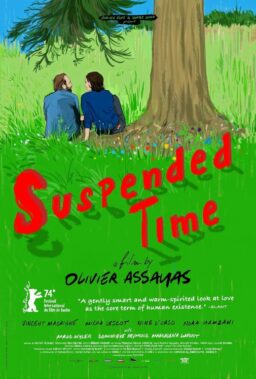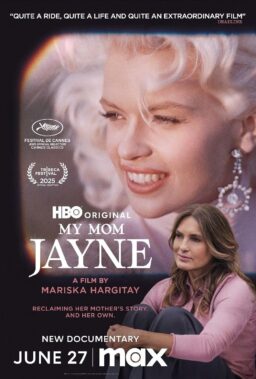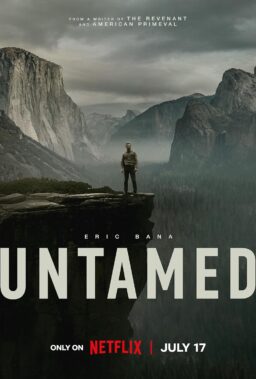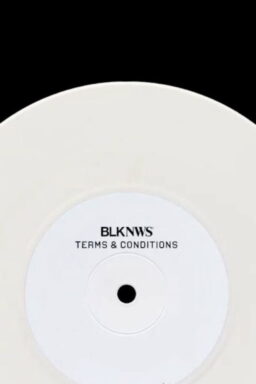When the lights are placed just so on the conductor’s podium in the orchestra pit of Radio City Music Hall, they cast a giant shadow of the conductor onto the ceiling of the enormous room. Sitting in the darkness, you can look up and see his arms beating time and his coattails flying, and then you can look down at the screen again, its silent images surrounded by the music.
This sort of experience — a silent film accompanied by a live symphony orchestra – has been given to few audiences at any time, and especially not during these last 50 years of talking pictures. But for the past three weekends, it has been selling out the 6,000 seats at Radio City at a $25 top price.
The film on the screen is a four-hour version of “Napoleon”, a 1927 silent classic by the French director Abel Gance, The musicians in the pit are the American Symphony Orchestra, and the conductor, his shadow flying above him, is Carmine Coppola.
The story of how all these elements came together into the Music Hall is a triumph of film restoration, booking and promotion. And the unanticipated success of the “Napoleon” presentation has inspired a road tour; we can expect to see the film with a 60-piece orchestra in Chicago later this year, possibly for the 60th anniversary ceremony of the Chicago Theater.
Abel Gance’s “Napoleon” has never been seen in its original version, at an intended six hours. Bits and pieces of it, edited into shorter versions by Gance or other filmmakers, have played for years, mostly in film history classes. And yet the film retained an aura of legend, because Gance shot it as one of the most expensive and ambitious projects of the silent era – second, probably, only to von Stroheim’s “Greed”.
Many of the legends about “Napoleon” concern the visually incredible climax of Gance’s film, and although I knew what to expect as I sat in the audience at Radio City last Saturday night, still I was overwhelmed by the spectacle. For most of its length, “Napoleon” is projected in standard screen size. Then, for the tumult of Napoleon’s campaign in Italy, Gance gives us a triptych: Three projectors are used to line up three images that march across the Music Hall screen in the widest film picture I have ever seen. And then, at the climax, Gance tints one image red and another blue, to create the French tricolor.
The technique of using three projectors to create a wraparound wide-screen effect was later, of course, marketed as Cinerama. Gance not only invented it, but faced the problem of how to get the edges of the three images to match. He comes close. One shot always gets applause from the audience: As his troops are lined up across all three screens, Napoleon, on horseback, gallops in front of them on review, past all three screens. You can see the seams, of course, but the over-all effect is spine-tingling.
This presentation of “Napoleon” is the result of a labor of love by film historian Kevin Brownlow, whose “The Parade’s Gone By” is the definitive history of the silent era. He reconstructed this four-hour version by using film from many scattered sources, including European film archives, private collections and Abel Gance himself.
The restored version was first shown two years ago at the Telluride Film Festival, where no local theater was large enough, and the audience had to shiver under the stars looking at three outdoor screens.
For the New York premiere, Francis Ford Coppola rented the Radio City Music Hall and commissioned his father to write an original score, and conduct a symphony orchestra. Carmine Coppola, who once played flute in the Music Hall orchestra, found the challenge of “Napoleon” irresistible.
I talked with Coppola last Sunday morning at breakfast. Despite the grueling task of conducting four hours of wall-to-wall music the night before, he was, at 71, brimming with energy. He splashed hot pepper sauce on his omelette and remembered the first time he’d seen a silent film with an orchestra.
“It was on my 11th birthday. My mother gave me a dollar and I bought a ticket in the second balcony and saw “The Thief of Baghdad” with Douglas Fairbanks. There was an orchestra, and Fairbanks always insisted on an original score for his pictures; with many silent films, of course, the musicians just improvised as they went along.”
What is it like, I asked, leading a modern orchestra through a silent film score, 50 years after that sort of thing went out of fashion?
“That image up there on the screen is a tyrant,” Coppola said. “With an opera, as the conductor, you control the stage. With a movie, you have no control. It marches ahead, and you follow. There are 50 or 60 visual cues in this film that have to be hit exactly on time – like when the school bells ring. You have to be on your toes. But it’s worth it. Who has ever seen a silent film with a symphony orchestra before?
“We only planned to do this for one weekend, hoping to make expenses. Now this is such a hit, we’re lining up bookings all over America, with calls coming in from Munich and Paris, and the possibility of playing it outdoors in the Piazza San Marco in Venice.”
Coppola’s arms were outstretched again, like the shadows on the ceiling the night before. “I’m going to be on Italian radio this afternoon,” he said, “and I’m predicting we’ll march down Italy with this film, following in the footsteps of Napoleon. You know, Napoleon was a Corsican. To the Italians… that doesn’t mean he was French.”












